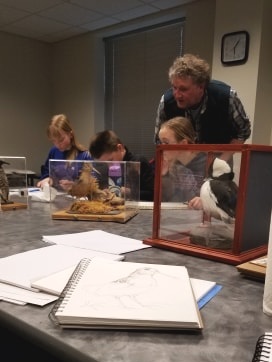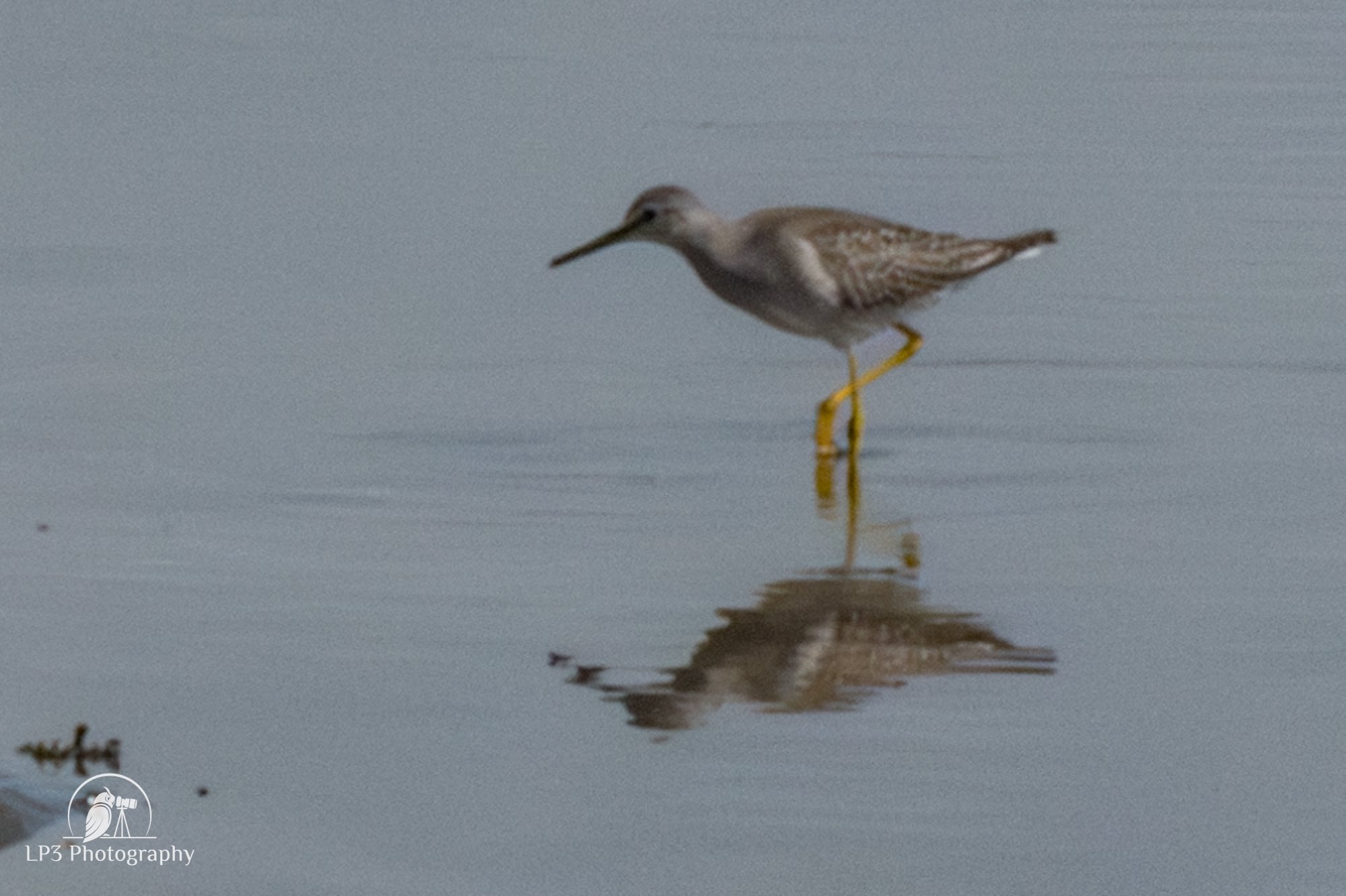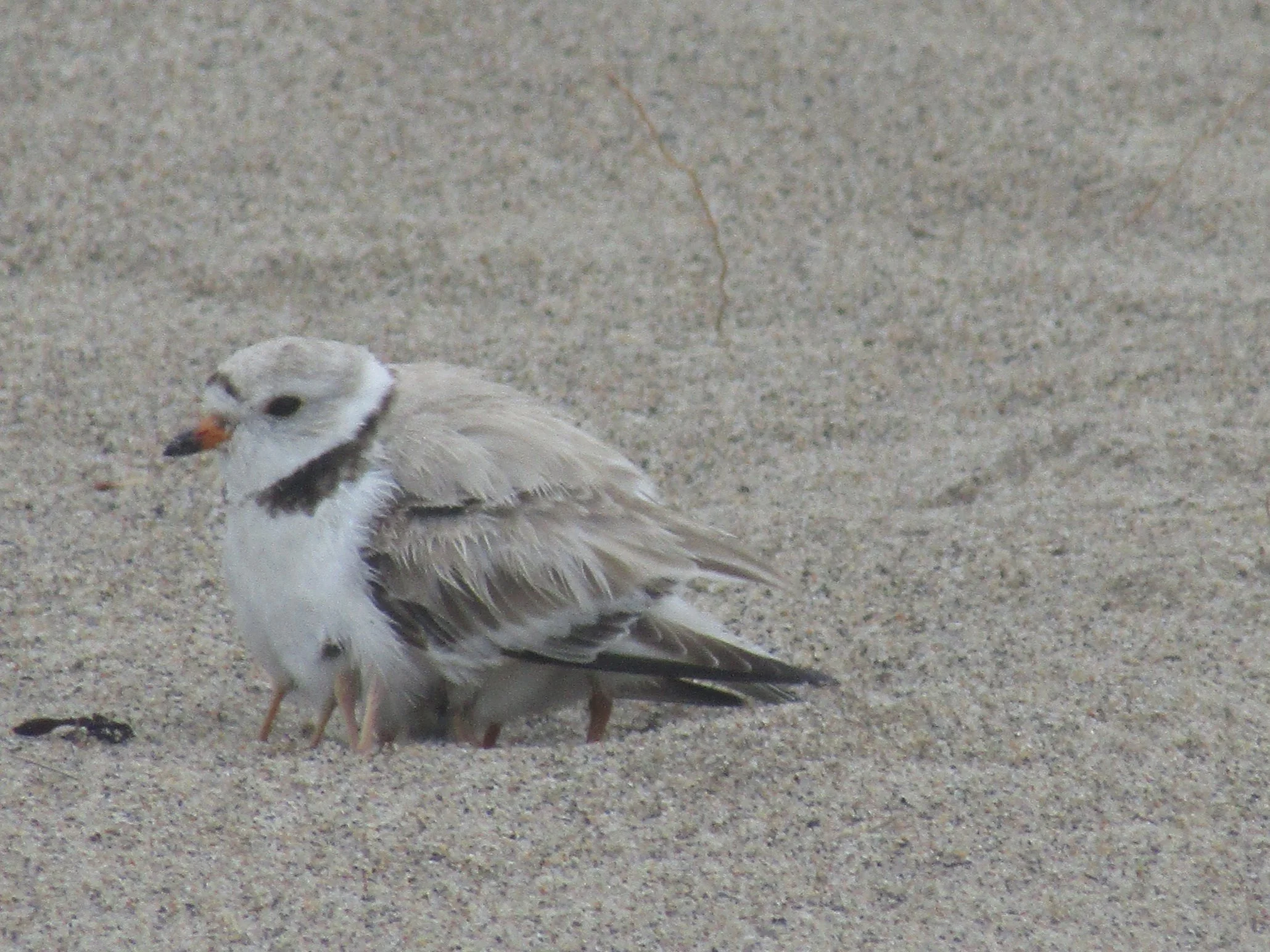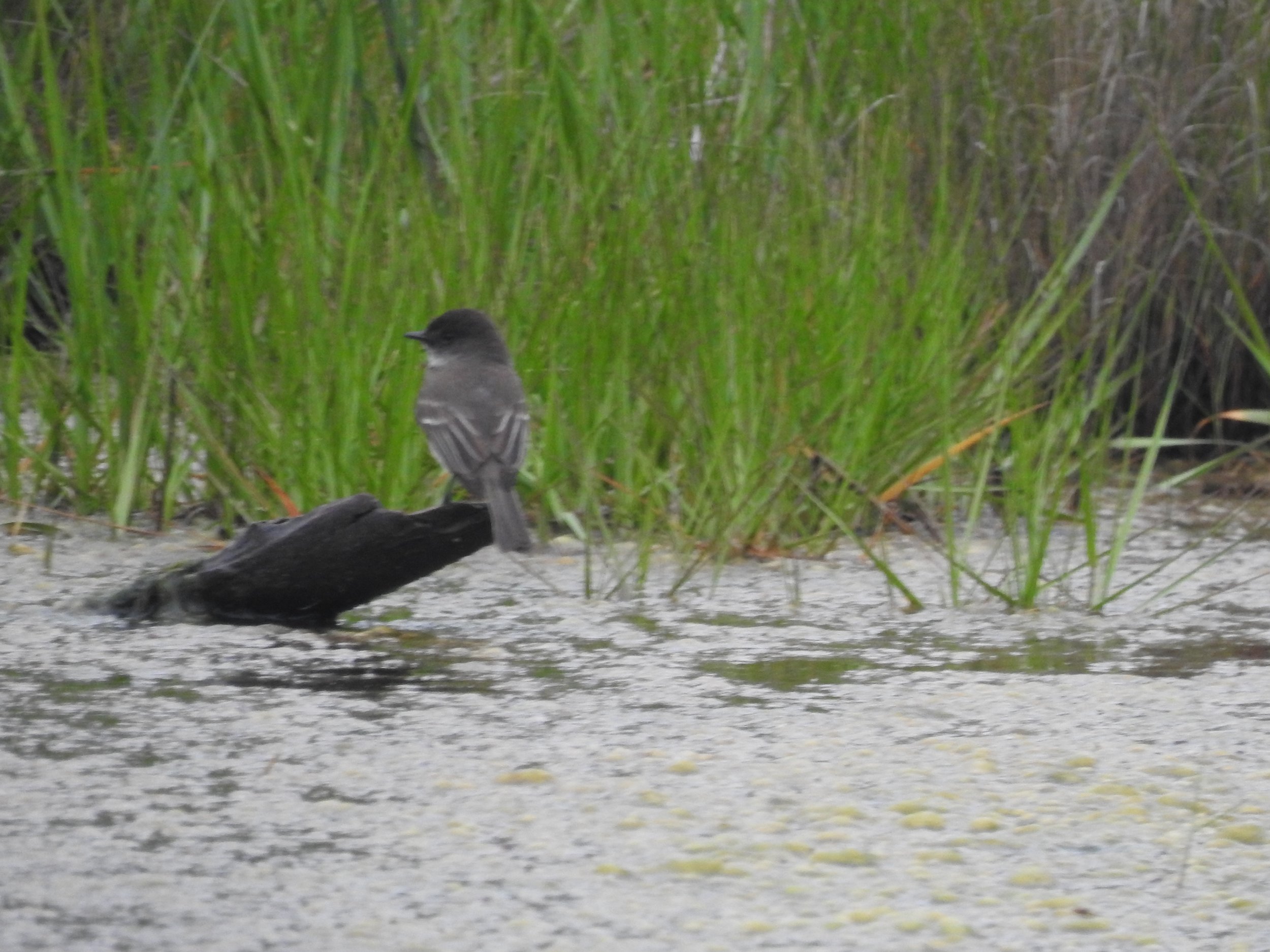by Laurie Pocher
The Christmas Bird Count is an annual bird census organized by the National Audubon Society. It began in 1900 as an alternative to the holiday tradition of hunting birds. Today, thousands of volunteers across the Americas take part in the counts between December 14 and January 5. During the count, participants record all the birds they see within a designated 15-mile diameter circle in a 24-hour period.
On December 30, the Maine Young Birders participated in the 64th Biddeford/Kennebunkport count (MEBK CBC), by covering ‘Section 1’ (see map in photos). Here’s what our day looked (and felt) like…
6:15am: It’s still dark out, but we’re on the road heading to our 7am meeting point at the McDonald’s in Saco. It’s cold and rainy, but luckily temps stayed above freezing overnight. We’re cautiously optimistic that the rain will stop at some point. Are we over-dressed? Too many layers? It’s a little toasty in the car.
7am: Up Rt 5 to the Saco River. Not a duck in sight. Counted a few crows on the way. Over to Foss Road, picking up more Crows and some European Starlings en route. Quick walk along the trails behind the athletic fields: two Hooded Mergansers on the pond, a couple of Chickadees and a Hairy Woodpecker in the trees. We got a text message from another part of the section with a Bald Eagle and a Northern Harrier. Woo hoo! Maybe it will be a birdy day afterall. Glad we brought along some rain gear, already time to change to muck boots and rain pants.
8am: Driving through some neighborhoods, checking bird feeders and fruit trees. Here’s a house with 50+ American Goldfinches flying from trees to feeders to the lawn. A few Eastern Bluebirds, Downy Woodpeckers, White-Breasted Nuthatches and House Finches. The rain seems to be letting up, we might get lucky.
9am: Hitting up a few industrial parks and warehouses – more American Goldfinches, more Eastern Bluebirds, quite a few Dark-Eyed Juncos, White-Throated Sparrows, and Blue Jays. A few American Robins in the fruit trees. Here comes the rain again. Keeping the binocs and cameras dry is tough – good thing we remembered to bring some cleaning cloths!
10am: Cruising around more neighborhoods, counting more Crows, more Goldfinches, more Bluebirds. A quick walk between raindrops along the Middle Goosefare Trail. Picked up a few Song Sparrows and Tree Sparrows.
11am: Head over to Thornton Academy to walk the trails behind the fields. Pretty quiet, a few Black-Capped Chickadees, more Starlings, a White-Breasted Nuthatch and a Red-Bellied Woodpecker. A big flock of Herring Gulls flying over the fields. Noisy group of Crows raising an alarm, but we couldn’t see what had them all worked up. Time for lunch.
12pm: Back to Mickey Ds for a quick break, then cruise through a few neighborhoods on our way to Cascade Falls. A bunch of House Finches working the neighborhood trees along the way. Walking the Trout Pond Loop Trail, there’s lots of evidence that Pileated Woodpeckers had been there in the past. Wondering aloud if any were still around. A few minutes later we hear the unmistakable call of a Pileated! Got eyes on it briefly as it worked a dead snag before flying off across the parking lot. The rest of the walk is pretty quiet. And it just won’t stop raining.
1pm: Driving past the Dunegrass Golf Course we finally see our first Red-Tailed Hawk of the day. Walking the trail along the power line cut, the rain briefly changes to snow and suddenly the sun comes out! This is much better! Another Red-Tailed Hawk flies across the path in front of us, and a bright red male Northern Cardinal is sitting pretty in the trailside brush. Now it’s raining again, so we head back to the car. On our way out of that neighborhood, we spot a Cooper’s Hawk high up in a tree. He glares down at us as we take pics. The rain seems to be easing up again, so we decide to head for the beach.
2pm: Old Orchard Beach serves up the usual suspects: large numbers of Herring Gulls, Great Black-Backed Gulls, and Rock Pigeons. A couple of Black Surf Scoters are riding the waves unusually close to the shore, while another pair snoozes a little further out on the water. The area near the pier is mostly quiet, but we see a ton of gulls further up the beach. Literally too many to count – we estimate the flock to be about 130 birds.
3pm: The weather is just not cooperating, and it’s getting dark and gloomy at this point. We swing through Guild Park where we add three more Chickadees to our list. On our way to the Saco Community Garden (which is completely deserted), we stumble upon a communal evening roost of about 200 American Crows. Amazing sight (and sound!) watching so many birds flying around and calling to each other as they settle in for the night.
3:30pm: It’s about a 30-minute drive to the 4pm compilation meeting, so we are calling it a day. The official results for the full count circle are still being tallied, here’s a recap of our day:
Species count: 29
Individual bird count: 854
Hours: 7.5
Miles driven: 35 miles
Miles walked: 5 miles
eBird trip report group 1: https://ebird.org/tripreport/188456
eBird trip report group 2: https://ebird.org/tripreport/190425
Combining our results with the rest of Section 1, MYBC ended the day with 41 species and almost 1300 individual birds. Not bad, considering the weather!
Stay tuned for the trip announcement for our January outing coming soon!



















































































































































































































